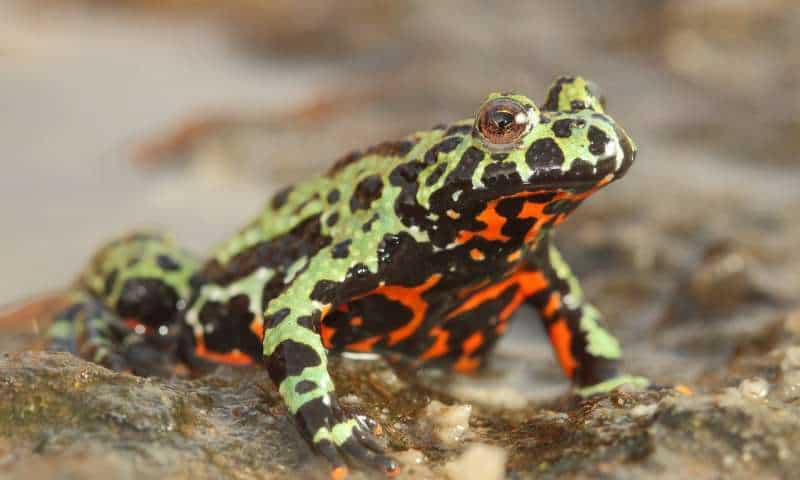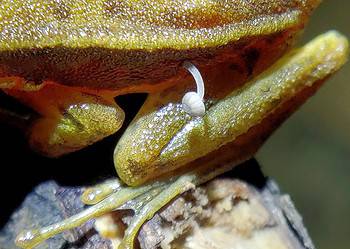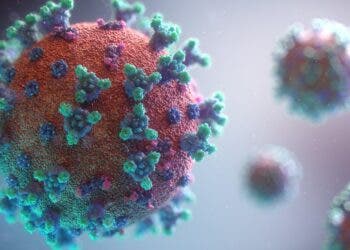A rapidly spreading and lethal species of fungus that has devastated amphibian populations around the globe likely originated in East Asia. The authors of the new study say that monitoring and regulating the transit of amphibians, particularly those involved in pet trade, is essential in order to secure amphibian populations from such a dangerous and rapidly expanding disease.

The fungus in question is Batrachochytrium dendrobatidis (Bd), also known as chytrid fungus. When it infects a host, the fungus causes a disease called chytridiomycosis, which attacks the animal’s skin, affecting the ability to regulate water and electrolyte levels. Eventually, the animal dies of heart failure. Frogs, toads, newts, and other amphibians across several continents are affected by the disease.
Previous attempts to discover the origin of this very dangerous and fairly recent pathogen suggested the fungus first appeared in South Africa, where it infected African clawed frogs (Xenopus laevis). It wasn’t along until this hypothesis was challenging as other research groups found that Bd samples taken from African frogs had too little genetic diversity.
Now, an international collaboration spanning 38 institutions reported their findings after sequencing the genomes of 234 samples collected from all around the world. Researchers looked at the minute differences between the genomes, identifying four distinct lineages. Three of them are distributed globally but a fourth appears only in Korea, in some of the frogs that are native in the region.
On a closer look, the Korean lineage contains much more genetic diversity than any other lineage. What’s more, the Korean Bd showed no history of global outbreaks within their genomes, which can only mean that the Korean chytrid strains were native to the region, and most closely resemble the ancestor of all modern Bd.
The team led by Simon O’Hanlon from Imperial College London estimated that the killer strain of Bd diverged from its most common ancestor between 50 and 120 years ago. That’s around the time intercontinental trade started rapidly expanding.
“Biologists have known since the 1990s that Bd was behind the decline of many amphibian species, but until now we haven’t been able to identify exactly where it came from,” O’Hanlon said in a statement.
“In our paper, we solve this problem and show that the lineage which has caused such devastation can be traced back to East Asia.”
According to the researchers, it is the human movement of amphibians — particularly through the pet trade — that has contributed the most to the spread of the pathogen around the world. Sightings of Asian strains of Bd in pet Oriental fire-bellied toads add weights to this idea.
The research suggests that since East Asia is ground zero for the deadly fungal pathogen, then ongoing trade in infected animals should be halted at once otherwise we risk threatening the already fragile amphibian biodiversity.
Scientific reference: S.J. O’Hanlon el al., “Recent Asian origin of chytrid fungi causing global amphibian declines,” Science (2018). science.sciencemag.org/cgi/doi … 1126/science.aar1965.






